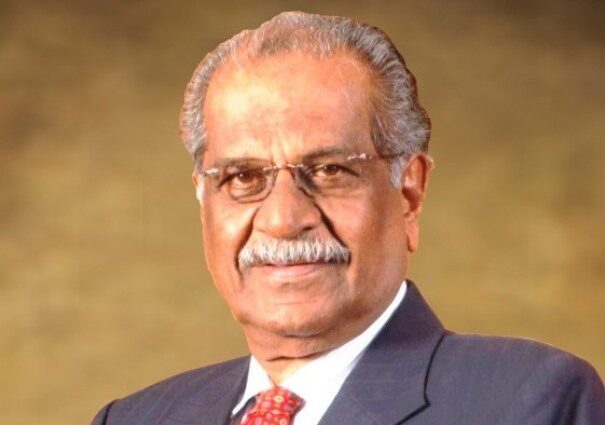 KUALA LUMPUR, Aug 8 – Malaysia Airlines (MAS), the country’s national carrier, has undoubtedly gone through much turbulence in the past.
KUALA LUMPUR, Aug 8 – Malaysia Airlines (MAS), the country’s national carrier, has undoubtedly gone through much turbulence in the past.
Now, with the proposed de-listing of its shares from Bursa Malaysia, the question that beckons is where it is headed financially and in the global aviation sector.
But it should not be easily written off, for it potentially has lucrative assets, particularly its fleet of 88 aircraft.
The move by Khazanah Nasional Bhd, its parent company, which today proposed to de-list the airline’s shares via a selective capital reduction and repayment exercise, comes as a relief.
Under the proposal, minority shareholders would receive a capital repayment of 27 sen per share, amounting to RM1.38 billion.
Upon its successful completion, Khazanah Nasional will then become the sole ordinary shareholder of the airline.
This would mean that they will not be bound to publicly declare their plans on reviving the airline, however, it is hoped that Khazanah Nasional would still maintain transparency given that it is a national asset.
All this while, the company had always been one of the few out there which never failed to announce its results even though the performance was unfavourable.
This is in contrast to many other listed companies which attempt to highlight their positive figures and downplay their weak numbers during the reporting season.
In announcing the financial results early this year, MAS said turnaround plan was on track, despite stiff competition particularly from low-cost carriers, especially AirAsia and AirAsia X.
But it was dealt a cruel blow on March 8 when its Boeing 777, MH370 went missing, a situation made worse by the recent controversial downing of MH17 in Eastern Ukraine on July 17.
Despite such adverse conditions, MAS is undoubtedly and potentially a crucial asset, given that it has a positive spillover effect over a wide ecosystem that supports the national tourism industry and inbound tourists, ticketing agents, transportation, logistics, food and beverage as well as engineering activities.
It has always supported travel agencies which brought in 60 per cent of the revenue for MAS in Peninsular Malaysia in what is surely a symbiotic relationship that permeated a wide gamut of mutually-beneficial economic activity.
MAS also hogged the limelight three years ago when it, together with AirAsia and Airasia X, signed a comprehensive collaboration framework which would ultimately result in a share swap between Tune Air Sdn Bhd and Khazanah Nasional, the major shareholders of both AirAsia and Malaysia Airlines.
However, the controversial share swap was scrapped off facing strong objection from various quarters given that the nature of the collaboration did not adhere to competition laws.
Whatever plans Khazanah Nasional has next for MAS, it is hoped that it would be for the benefit of the carrier, passengers and the country.
Among its significant milestones were when it received the world’s largest commercial aircraft — the first Airbus A380-800 in 2012, followed by the launch of its A380 scheduled service between Kuala Lumpur International Airport and London Heathrow on July 1 that same year.
On Feb 1 last year, it became a full-fledged member of the oneworld alliance and is now connected to some 850 destinations in 150 countries across the network.
Malaysia Airlines, first incorporated as Malayan Airways Ltd on Oct 12, 1937, also holds a lengthy record of excellence, having received more than 100 awards in the last decade including World’s Best Economy Class Award, 5-star Airline, World’s Leading Airline to Asia and World’s Best Cabin Crew.
– BERNAMA










